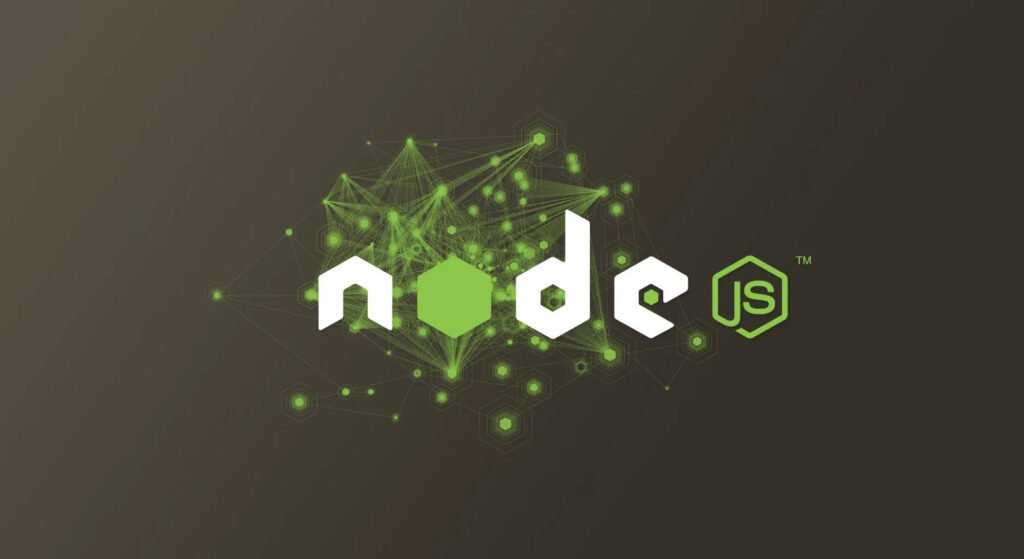Node.js, a powerful runtime environment for executing JavaScript outside of a web browser, offers robust support for various string encoding types. String encoding is essential when working with different character sets and data formats, allowing seamless communication and data manipulation across diverse applications.
In this article, we will delve into the various string encoding types supported by Node.js, highlighting their characteristics and use cases.
1. utf8 – Multibyte-encoded Unicode characters
UTF-8 encoding is one of the most widely used character encodings for representing Unicode characters. It is capable of encoding characters from all major writing systems, making it a standard choice for web pages, databases, and text-based communications. In Node.js, utf8 is the default encoding for representing string data, making it an essential part of JavaScript’s character handling.
2. ASCII – Seven-bit American Standard Code for Information Interchange
The ASCII encoding is a simple and widely supported character encoding system. It uses 7 bits to represent characters, limiting the available characters to 128 (0 to 127). ASCII encoding is primarily suitable for handling English and other Western European languages where characters fall within the ASCII character set.
3. utf16le – Little-endian encoded Unicode characters
UTF-16LE, also known as little-endian Unicode, is a variable-length encoding that uses either two or four bytes to represent each character. This encoding is capable of handling the entire Unicode character set, including characters outside the Basic Multilingual Plane (BMP). It is essential when working with languages that have a large number of characters, such as Chinese, Japanese, or Korean.
4. ucs2 – Alias for utf16le encoding
The ‘ucs2’ encoding is an alias for the utf16le encoding. It serves as an alternative name for the same encoding method, and developers can use either term interchangeably.
5. base64 – Base64 string encoding
Base64 encoding is commonly used to represent binary data as a string, transforming binary information into a text format that is safe for transmission over systems that may not reliably handle binary data. Base64-encoded strings consist of a set of 64 characters that can be safely transmitted over email, URLs, or other text-based protocols.
6. binary – Deprecated encoding (to be removed)
The ‘binary’ encoding allows binary data to be represented as a string using only the first eight bits of each character. However, this encoding is now considered deprecated in favor of using the Buffer object for handling binary data in Node.js. Developers are encouraged to avoid using ‘binary’ encoding in their applications, as it may be removed in future versions of Node.
7. hex – Encoding each byte as two hexadecimal characters
The ‘hex’ encoding method represents binary data as a hexadecimal string. In this encoding, each byte is converted into two hexadecimal characters, resulting in a string twice as long as the original binary data. It is often used for various cryptographic operations and debugging purposes.
Conclusion
Node.js offers a diverse set of string encoding types that cater to different needs and scenarios in web development and other applications. Understanding these encoding types and their appropriate use cases is crucial for handling text and binary data effectively in Node.js. Whether you are working with multilingual web pages or encoding binary data for secure transmission, Node.js provides a range of encoding options to facilitate smooth data manipulation and communication across various platforms and systems.



